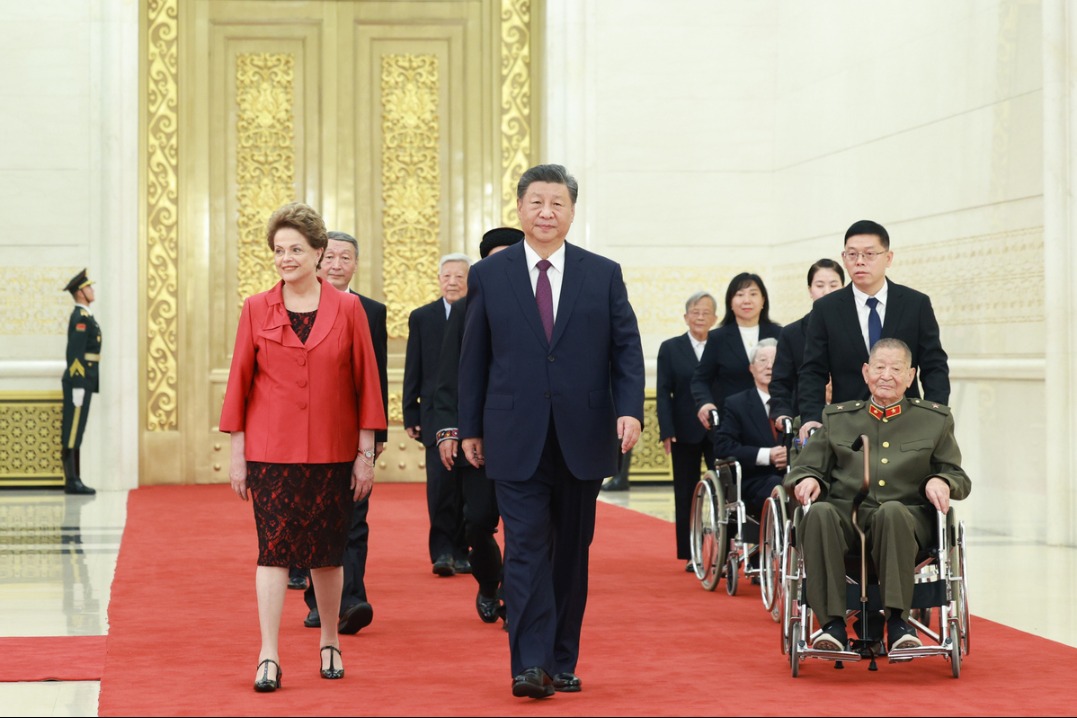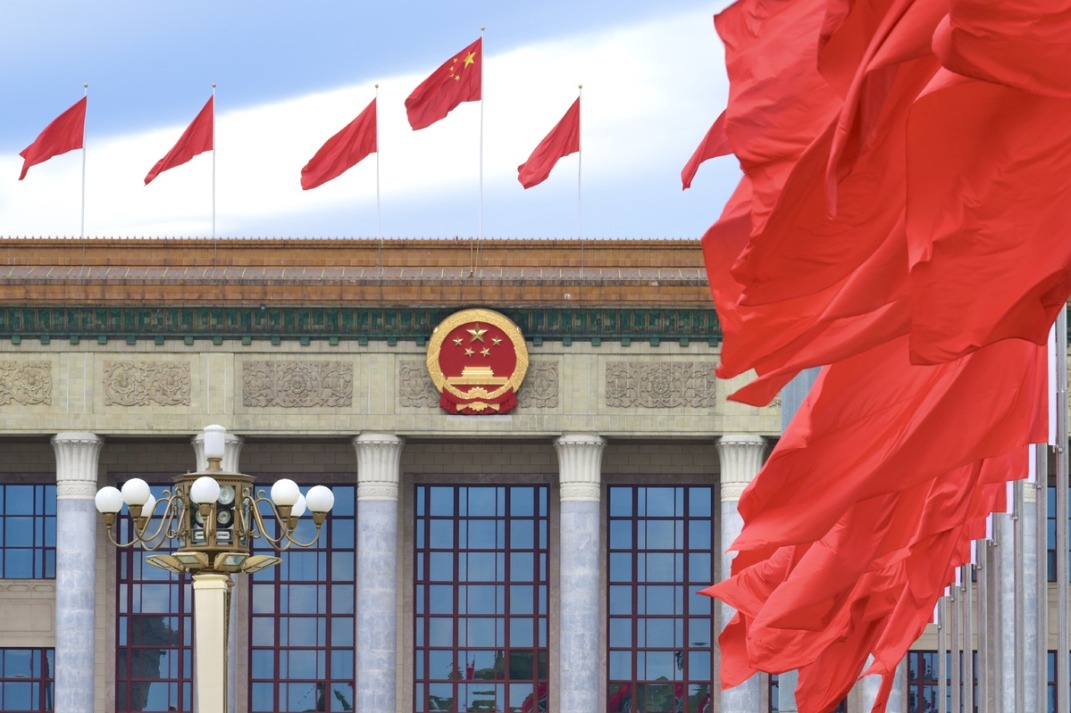Rally continues as new support policies unveiled
By Shi Jing in Shanghai | China Daily | Updated: 2024-09-28 07:16

While the A-share market rebounded strongly this week, propelled by higher market liquidity and the recovery of investors' risk appetite amid the latest support measures, continued efforts should be made to complete market infrastructure and further improve companies' quality, providing the basis for a long-term bull market, said experts and market analysts.
Their comments followed another robust rally day on Friday, with the benchmark Shanghai Composite Index up 2.88 percent and approaching the 3,100-point level. Including Friday, the index had gained nearly 13 percent over five trading days.
The Shenzhen Component Index spiked 6.71 percent, while the technology-focused ChiNext in Shenzhen surged 10 percent, a record single-day increase. The combined trading value at the Shanghai and Shenzhen exchanges exceeded 1.4 trillion yuan ($200 billion), the third consecutive trading day topping 1 trillion yuan.
Due to soaring demand, the Shanghai bourse encountered an "abnormal slowdown in the confirmation of transactions during stock auctions" in the morning trading session on Friday.
The A-share market's bullish performance on Friday was pillared by more supportive policies released by the nation's top financial regulators.
The China Securities Regulatory Commission, the country's top securities watchdog, released a guideline late Thursday to introduce more medium — to long-term capital inflow. Measures will be introduced to help A-share companies further improve their quality and investment value, and increase their stock buybacks if conditions are ripe.
Furthermore, the development of equity mutual funds and private equities will be supported, and asset managers will be guided to provide long-term and stable returns to investors.
Supporting policies and basic trading mechanisms should be completed so that more medium — to long-term capital inflow, including that from commercial insurance, pension and social security funds, can be directed into the capital market, according to the regulatory commission.
Xue Hongyan, deputy director of consulting firm Star Atlas Institute of Finance, said that the financing function of the A-share market has been overly emphasized in the past, which has resulted in the lack of importance attached to investors and the pursuit of short-term profits.
The top regulators' latest moves to further facilitate the entry of social security, insurance and wealth management capital, combined with the emphasis on protecting retail investors' interests, will fundamentally optimize capital supply and demand in the Chinese capital market, improving its ecology from the micro level. This will lay a solid foundation for a slow but long bull period for the A-share market, he said.
The People's Bank of China, the country's central bank, announced on Friday a 50 basis point cut in the reserve requirement ratio, which took effect immediately. It was the second time this year that the PBOC has trimmed the amount of cash that lenders are required to hold in reserve.
About 1 trillion yuan of long-term liquidity will thus be injected into the market, said Liu Tao, senior researcher at the Guangkai Chief Industry Research Institute.
According to Liu, the PBOC's move addresses the messages delivered at the meeting on Thursday of the Political Bureau of the Communist Party of China Central Committee, which called for strengthening countercyclical adjustments for fiscal and monetary policies and lowering the reserve requirement ratio.
The move is also in line with the slew of measures announced by top financial regulators on Tuesday, including lowering benchmark interest rates and rates on existing mortgages, introducing new monetary tools targeted for the capital market, and advancing the inflow of more medium — to long-term capital.
The weighted average reserve requirement ratio for financial institutions comes to around 6.6 percent with the PBOC's latest cut, and there is still room seen for the PBOC to further lower the RRR by 25 to 50 basis points this year.
More credit will be provided to the real economy by adopting other monetary tools, especially benefiting small and micro-sized enterprises and privately owned companies, said Liu.
According to Yang Delong, chief economist at First Seafront Fund, the trend from recovery to V-shape rebound has been increasingly noticeable in the A-share market, thanks to recently introduced, stronger-than-expected financial stimulus packages.
These policies are not isolated, but rather point to the possibility of more favorable fiscal policies to add driving force to the real economy, he said.
Li Qiusuo, chief strategist at China International Capital Corp's research department, said that the A-share market will enter a new phase in which companies' market value management is further emphasized by regulators amid the ongoing completion of basic trading mechanisms.
Mergers and acquisitions will be more active and market-based, he said, and more resources should be directed to quality companies, especially those focusing on the development of new quality productive forces. This will help to fundamentally improve the appeal of A-share companies, Li said.
























